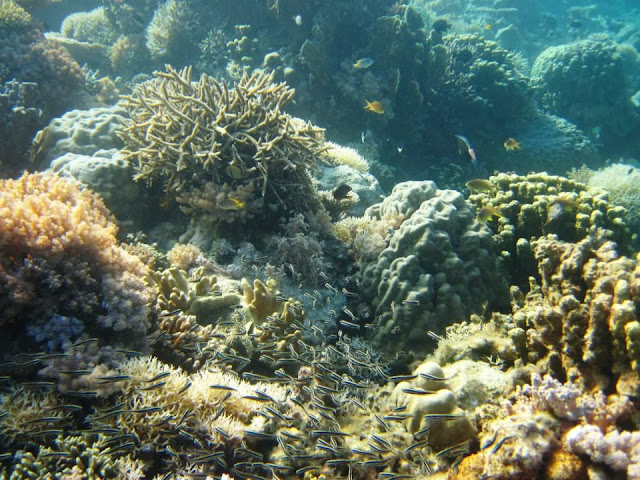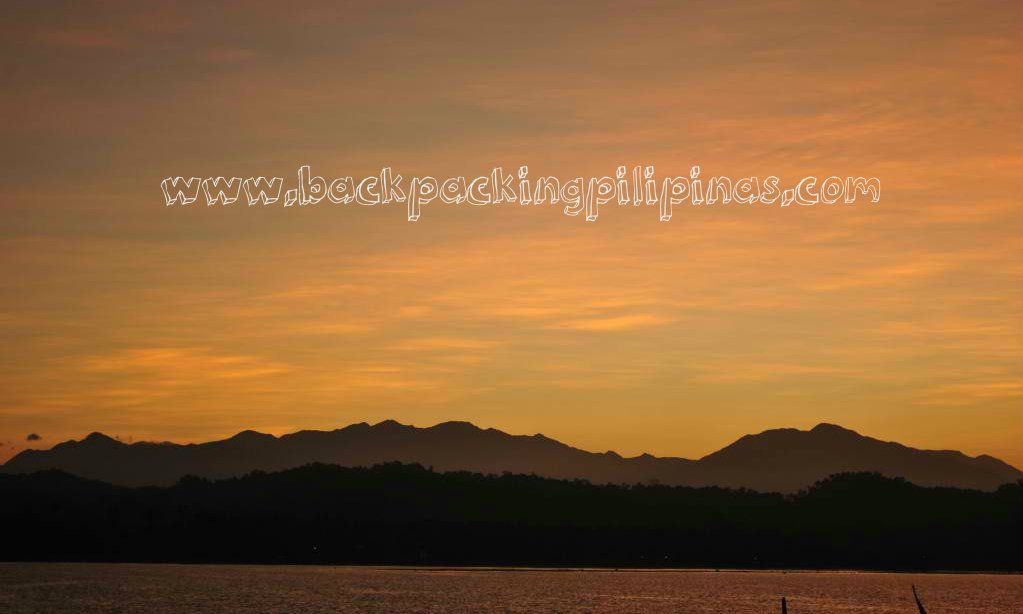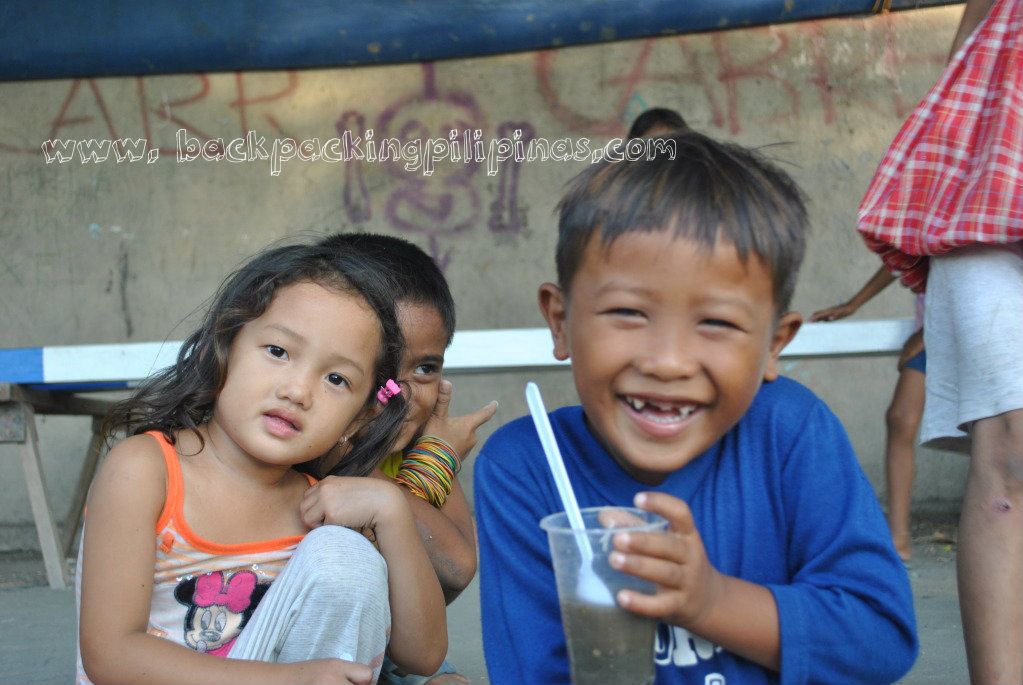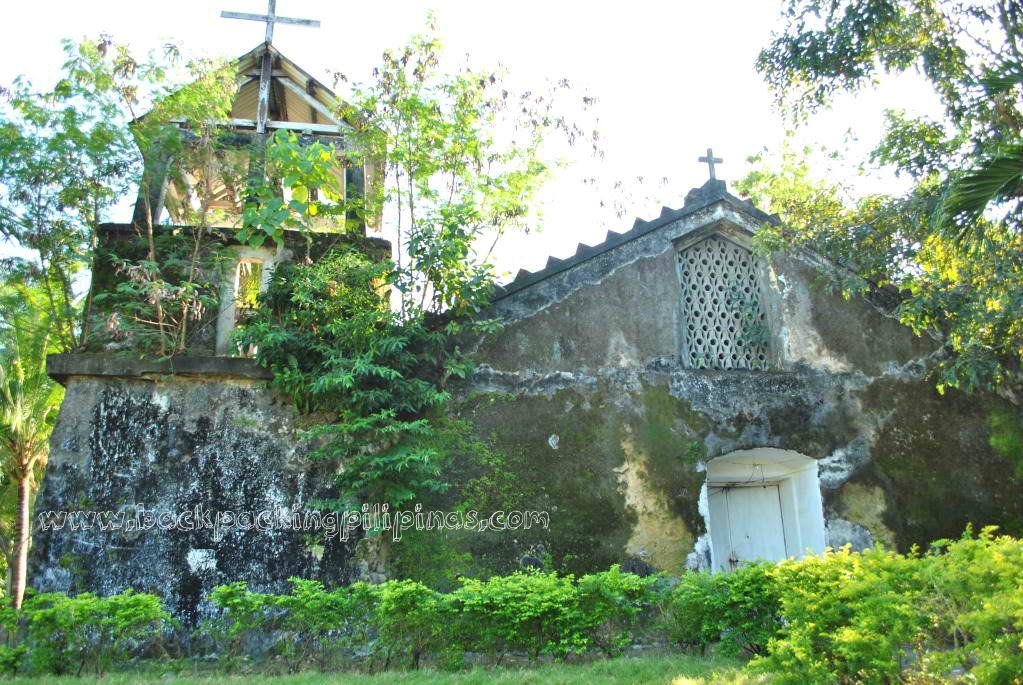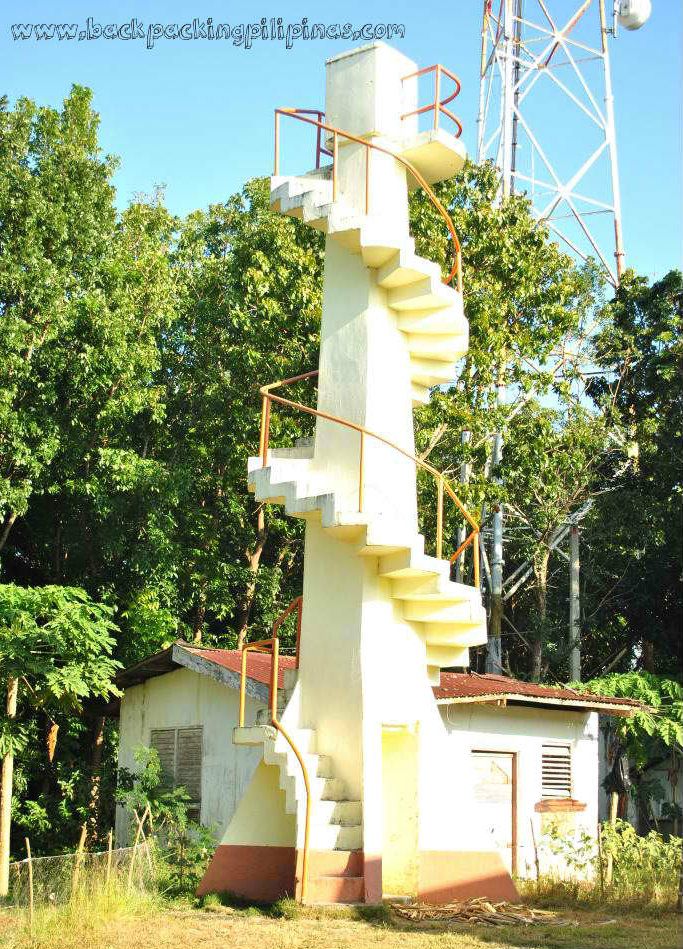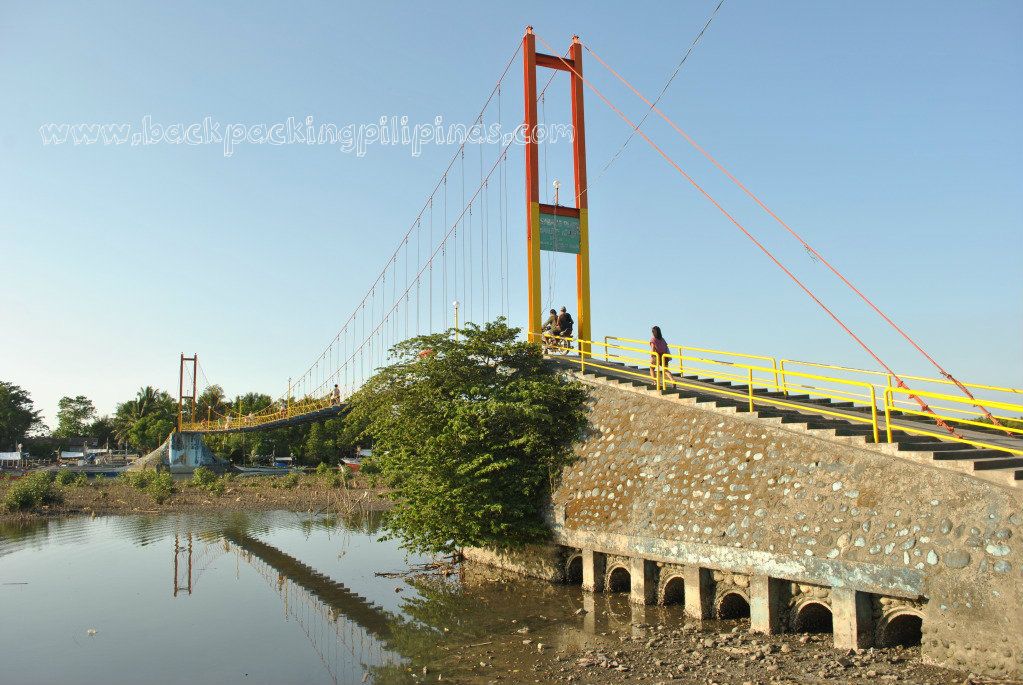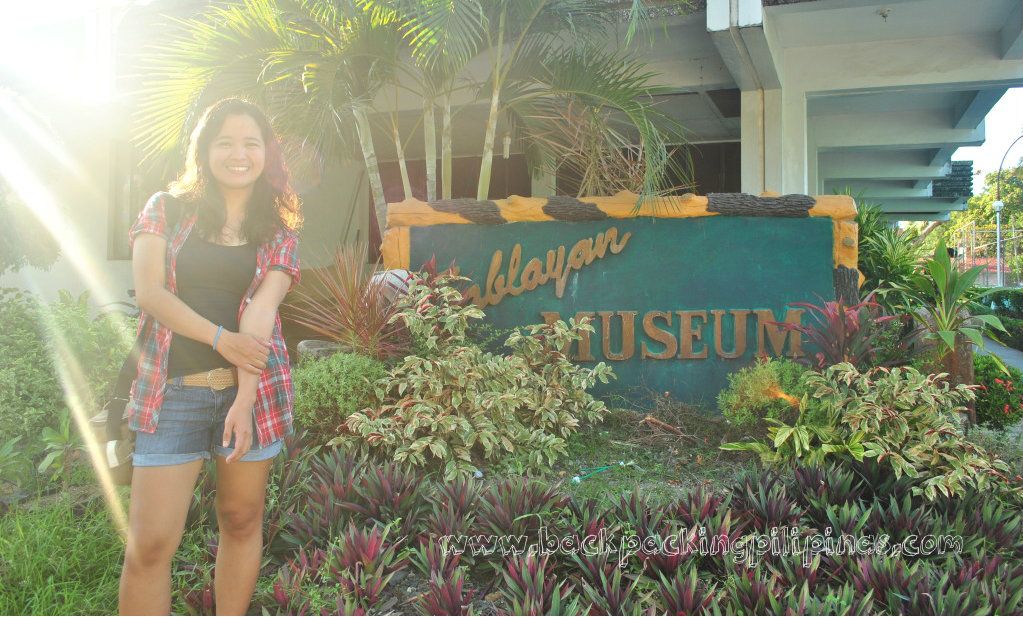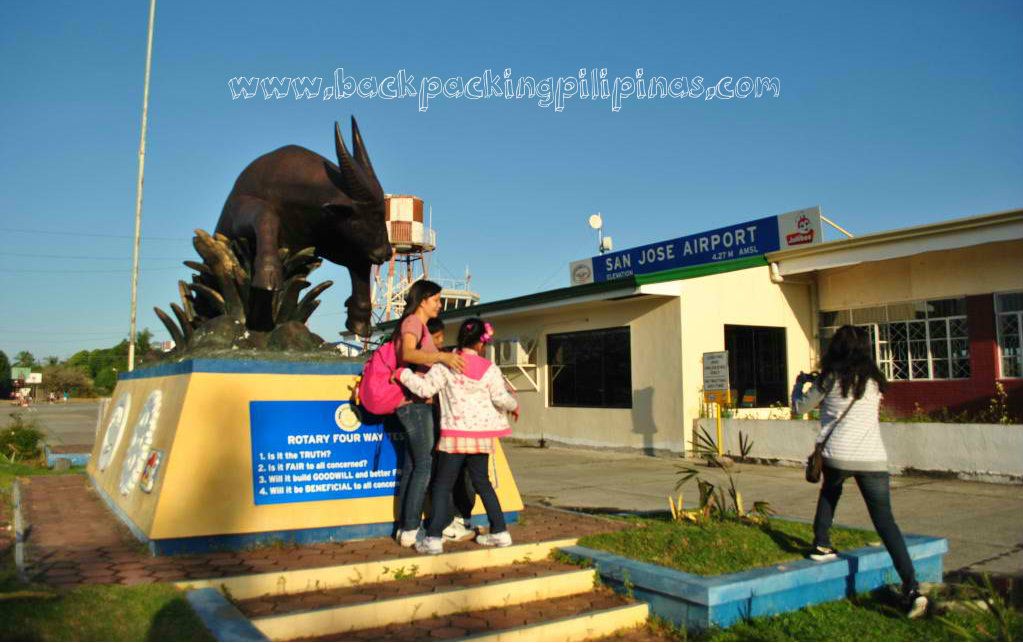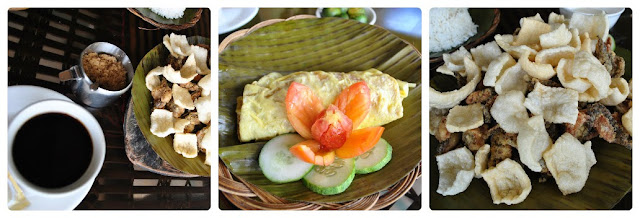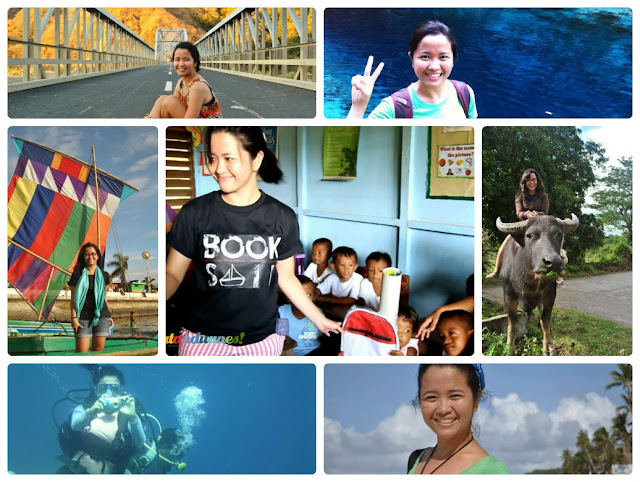My nine-year old sister, Carina, had to forgo her summer classes so she could visit us here in Manila. And while staying with me, I didn't want to pass up the opportunity to let her explore what the city could offer. Since she loves both History and Science, I thought of bringing her to some of the best museums around the metro. Along with Angel, we spent two Saturday afternoons digging on the wealth of information at The Mind Museum, Museo Pambata (Children’s Museum), and the National Museum.
Besides the National Museum, it was my first time visiting the other two so I was as excited as she was. I've always wanted to do museum-hopping, and there was no better way to do it than tagging along my ever-inquisitive little sister. It turned out to be a good bonding time for us!
The Mind Museum
Carina raved over the many science-based exhibits inside the museum - from the hair-raising static ball, the large table of elements, the planets and constellations shown on 3D movies, the giant T-Rex, human evolution, and even the outdoor playground.
We had full three hours exploring the museum. Upon entrance, we were welcomed by a robot named Aedi. I wasn't quite impressed at first, but he was good. The museum has almost 250 interactive exhibits in their five galleries: Life, Atom, Earth, Universe, and Technology, and we spent a good deal of time in each. I especially liked the 3D film shown in the Space Shell, a dome where the story of the universe is shown and the film was narrated by no less than Robert Redford! Also in the Earth Gallery and a must-see is the “Ang Simula,” a Filipino-made film depicting the history of the universe and relating it to our own Filipino history.
What I liked most about this museum is that it’s very interactive and cool. We got to touch and even got our hands “dirty” trying out some of the exhibits. Angel got his taste of the first printing press invented by Johannes Gutenberg (1440). He placed a piece of paper, pressed it in the wooden form, and rolled an ink over the block of letters. And wooooop, we got our own Gutenberg print!
We also enjoyed the educational outdoor playground called Science in the Park. It has the usual playground facilities, just with the touch of science in it.
Although the entrance fees come in hefty price, overall the experience inside this world-class science museum was worth it.
Just a heads up to all children going, don’t leave your school IDs, otherwise you will have to pay the full price (just like what we did for Carina).
Museum Hours:
Tuesdays- Sundays (closed Mondays)
9am-12nn/12nn-3pm/3pm-6pm
Additional time slots on Saturdays 6pm-9pm
Entrance Fees:
Adults -P600
*Children and Students (up to college)-P450
Public School students (up to college) -P150
Teachers -P150
All Day Pass (Enter any time, no three-hour maximum)- P750
*2Feet and below are free
Location/Contact Information:
JY Campos Park, 3rd Avenue, Bonifacio Global City
909 –MIND (6463)
Website:
| Giant Butanding |
| T-Rex |
| My monster-like pre-historic image. hehe |
| The Gutenberg Press |
| Literally hair-raising static |
| Interactive games |
| Carina with Aedi |
| At the Science in the Park |
Museo Pambata
After our mind-stimulating visit to the Mind Museum, Carina kept prodding me to go to the Museo Pambata in Manila. I caved in since I’ve heard really good stuff about this museum.
We were not disappointed when we got there. We were led to a historical journey dating back to the times of Manila-Acapulco Galleon Trade, to the use of Tranvia along Escolta, to the display of antique household items and traditional dresses during the Spanish Era.
Also on display are artworks, musical instruments, and huge exhibits of the parts of the human body, jungle area, writer’s corner and the fun market complete with “panaderia”, pharmacy and barber shop.
One of the interesting things in the museum is the Moon Rock displayed in the 2nd floor. It is an authentic rock from the moon, loaned to Museo Pambata by NASA (National Aeronautics and Space Administration).
I recommend parents visiting this place with their kids! It’s informative, interactive and entertaining.
Museum Hours:
8am-5pm (Tuesdays to Saturdays)
1pm-5pm (Sunday)
Closed on Mondays
Entrance Fee:
Adult and children - P100
Location/Contact Information:
Museo Pambata Foundation Inc.
Roxas Boulevard cor. South Drive, Manila (near the US Embassy)
523-1797/98, 536-0595
Website:
| The museum entrance |
| The museum is housed in the historic Elks Club Building |
| Spanish Era traditional dresses |
| The Meralco Tranvia |
| Binondo Church |
| La Puerto del Sol was the only department store then in Manila, located at Escolta St. |
| old household items on display |
| A painting showing the traditional Filipino games |
| Inside a Barber Shop |
| A rock from the Moon |
National Museum
An alternative way to learning and appreciating our own heritage and culture is through visiting our museums. And the National Museum is a must-visit for everyone. Upon entrance at the historic Old Legislative Building, I was impressed by the massive and intricately designed Neoclassical columns. It gave me a feel of how aesthetically and artistically inclined our old heritage buildings are (something that is almost lost nowadays).
The main gallery near the entrance holds one of the most important pieces in the museum – the amazing Spolarium. One of the volunteers informed us that it took 8 months for Juan Luna to complete the masterpiece.
Other galleries hold important artworks including paintings and sculptures by no less than our own art masters including Jose Rizal, Felix Resurreccion Hidalgo, Guillermo Tolentino, Fernando Amorsolo, among others. One of the interesting galleries in the 2nd floor display bones from pre-historic times to present.
Museum Hours:
10am-5pm (Tuesdays to Sundays)
Entrance Fees:
Adult - P150
Senior Citizen- P120
Student - P50
Admission is FREE on SUNDAYs
Location:
Padre Burgos Drive, City of Manila (near Luneta Park and Intramuros)
Website:
| The columns at the entrance |
| The Spolarium by Juan Luna (1884) |
| An old retablo |
| Dear Child by Simon Flores |
| Juan Luna |
| Portrait of a Gentleman and Portrait of a Lady by Guillermo Tolentino |
| Carina and Jose Rizal |
| Sculptures by Jose Rizal |
| the intricately designed ceiling |
| The old legislative hall |










.jpg)


